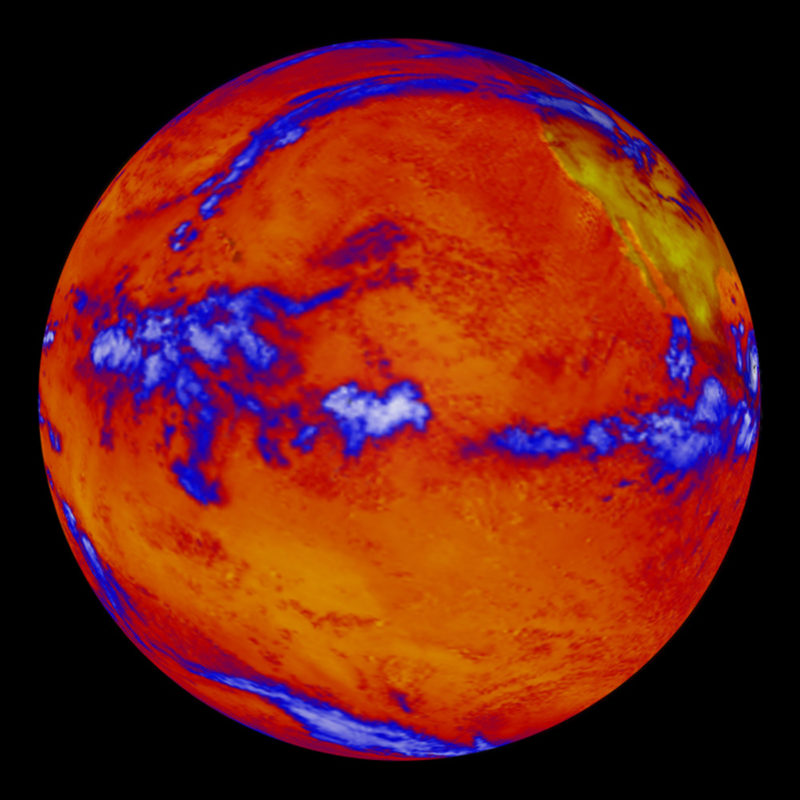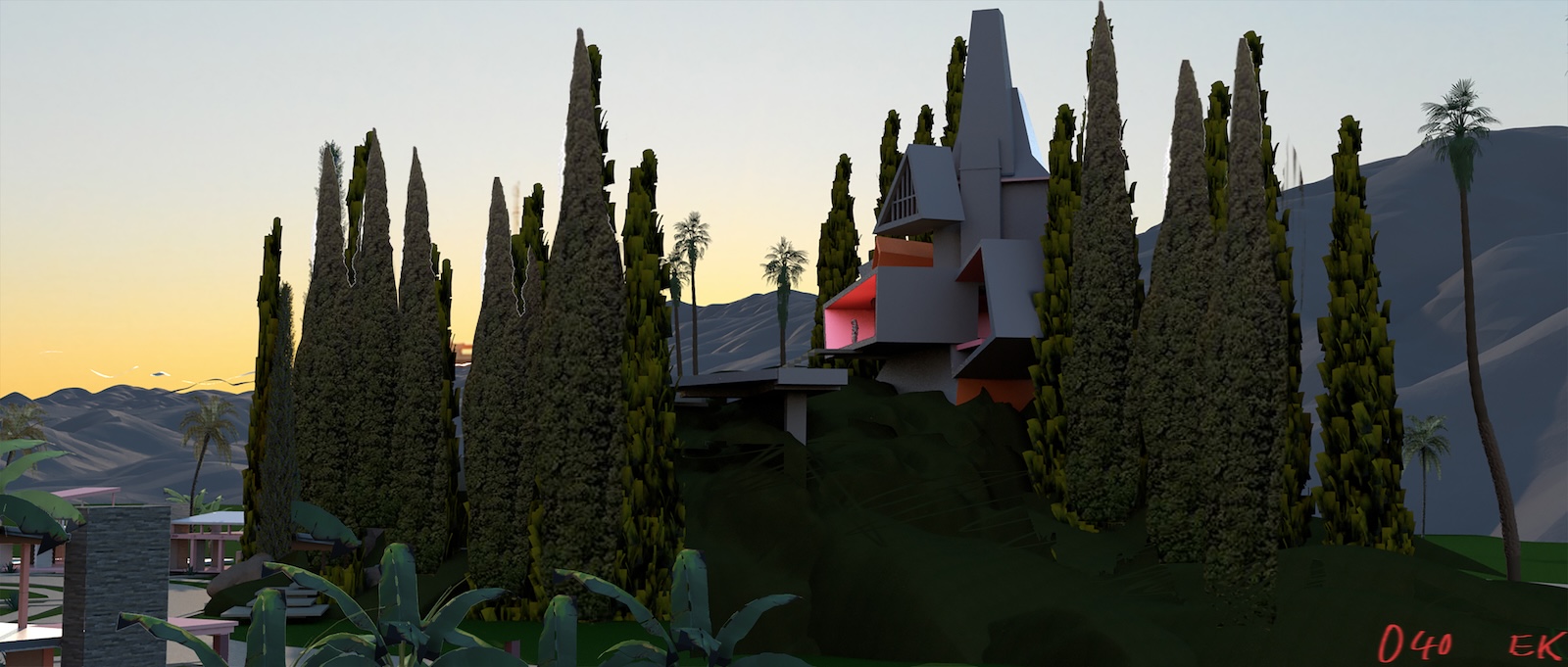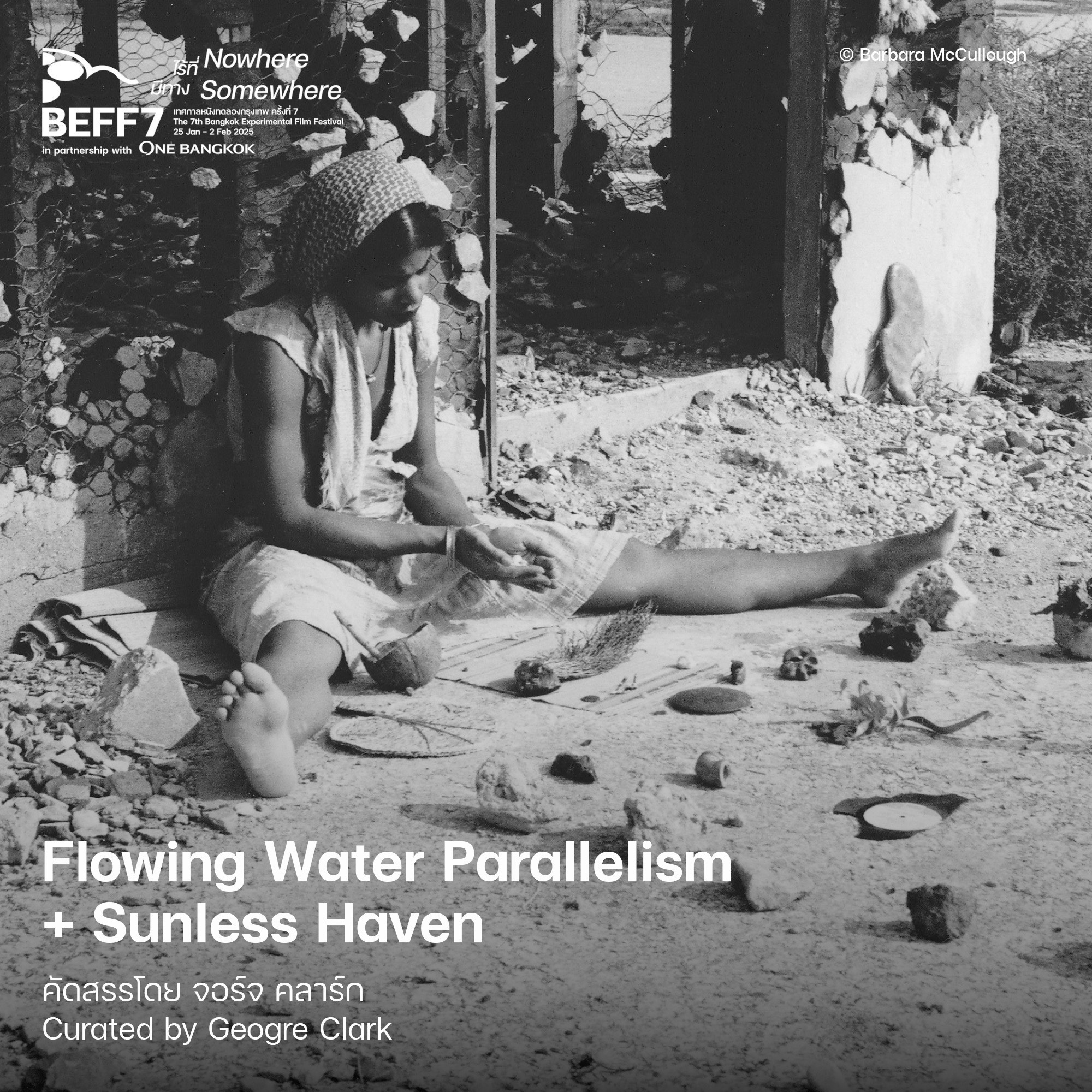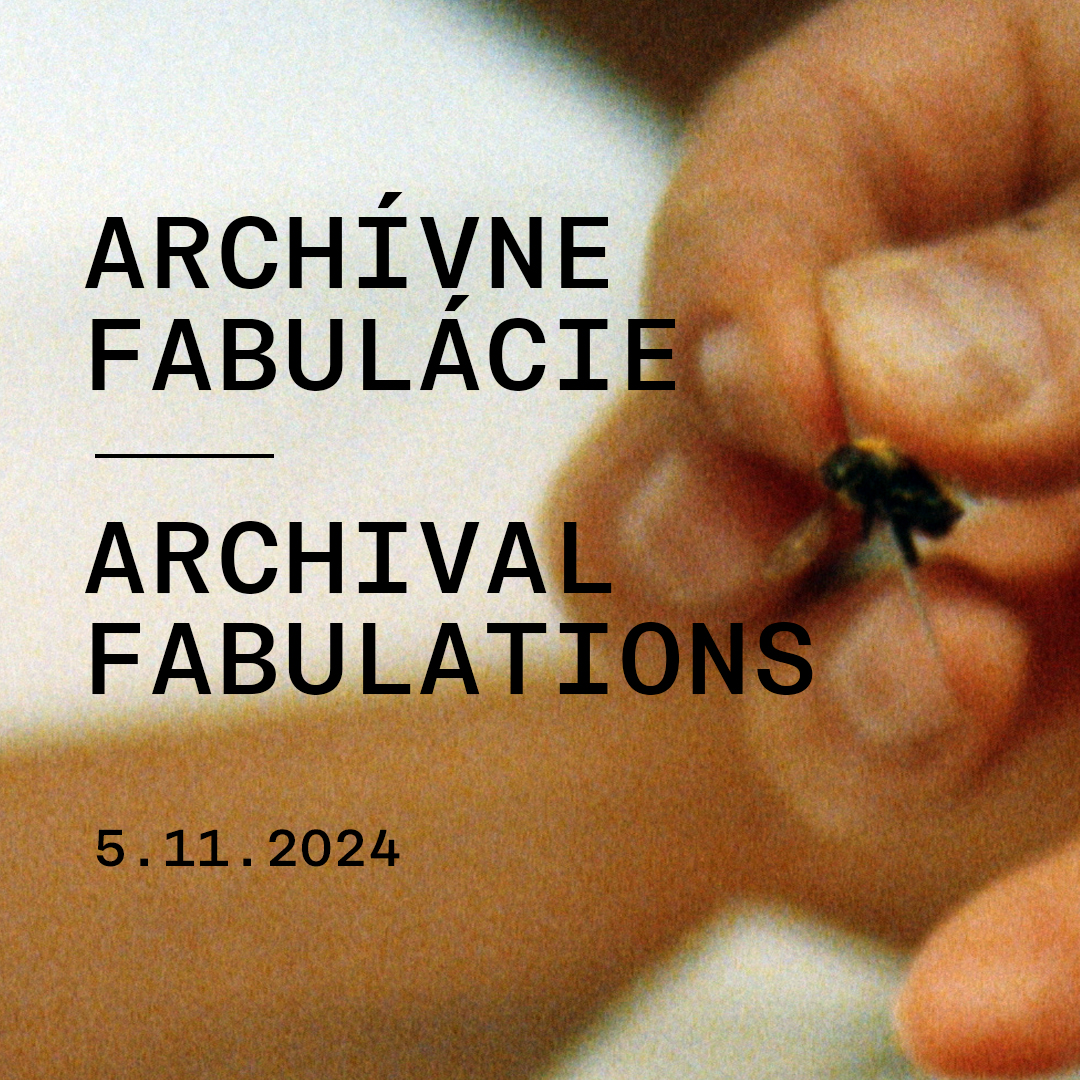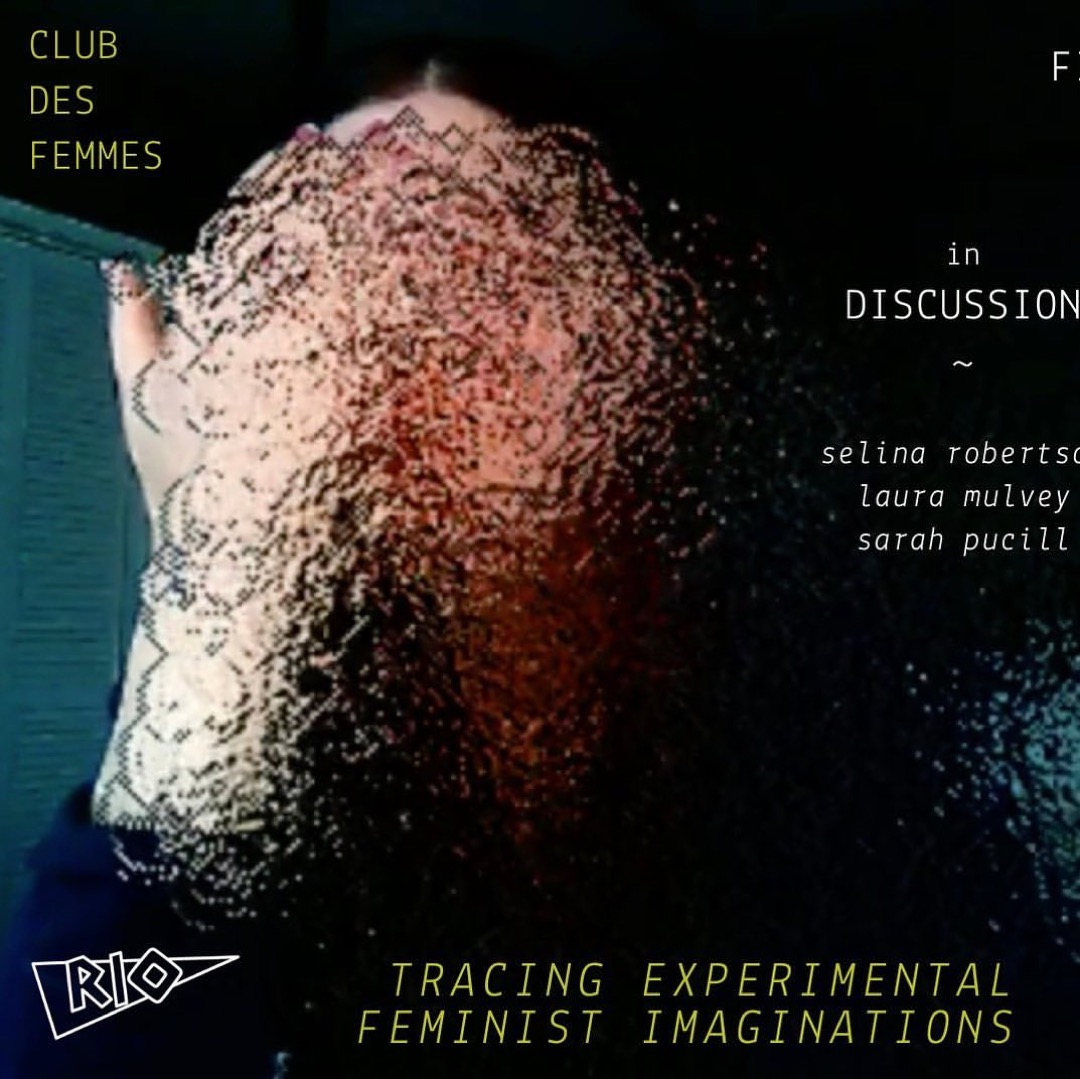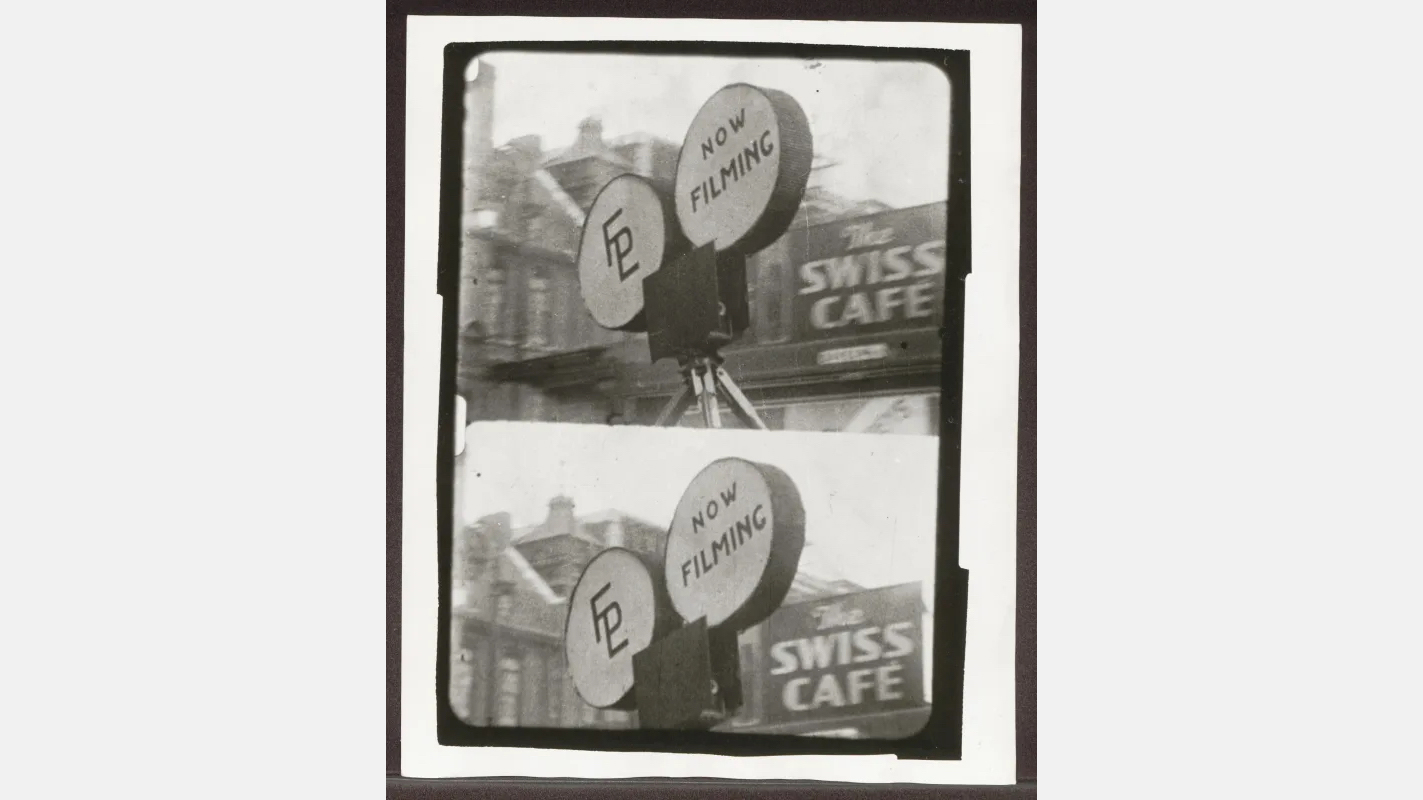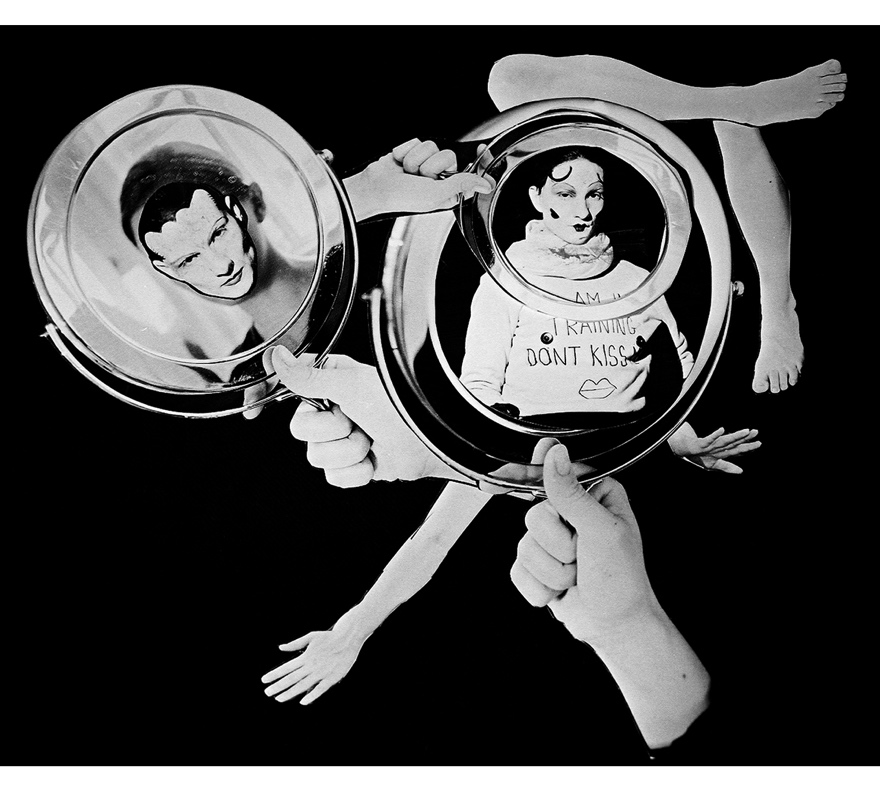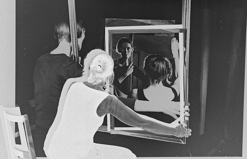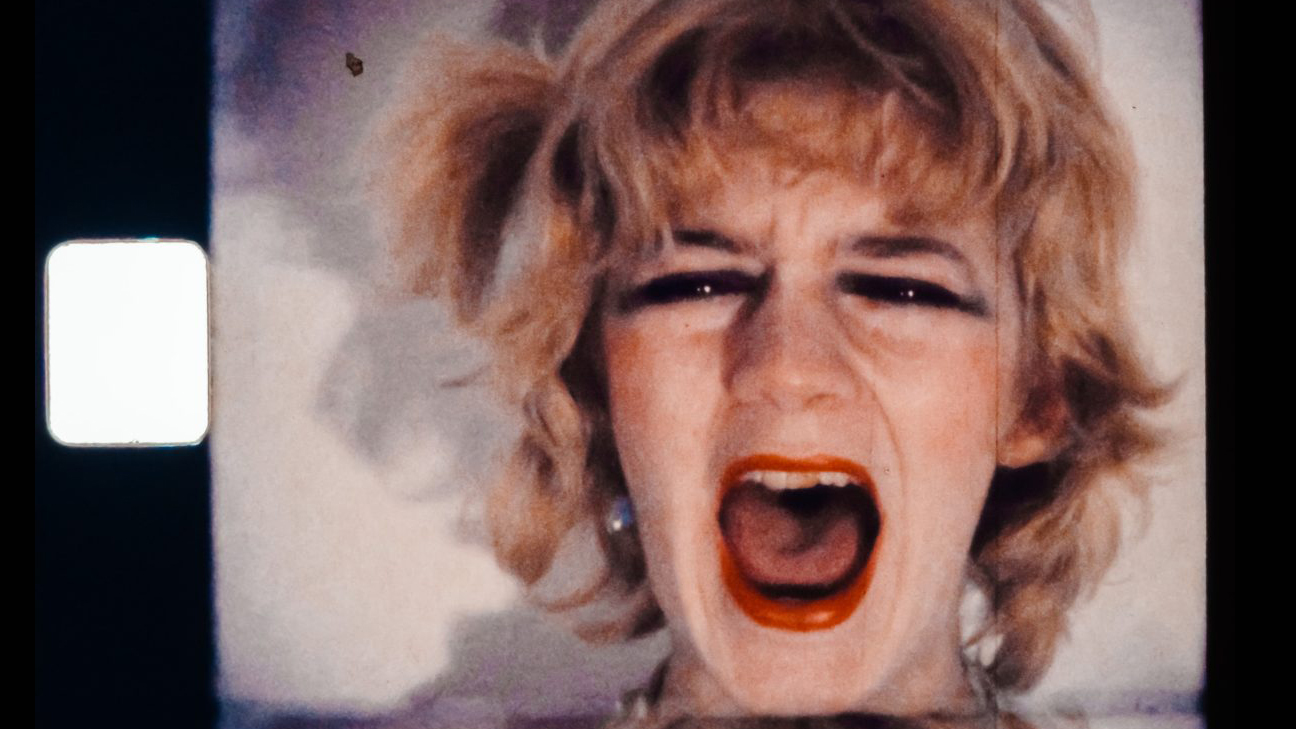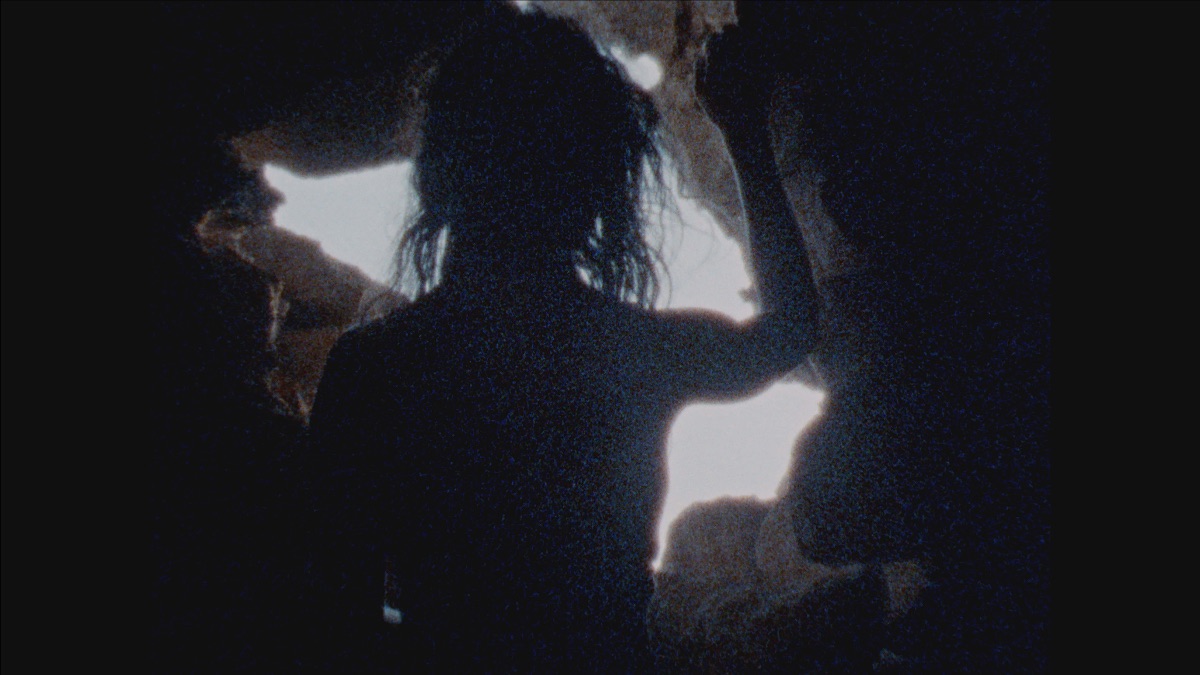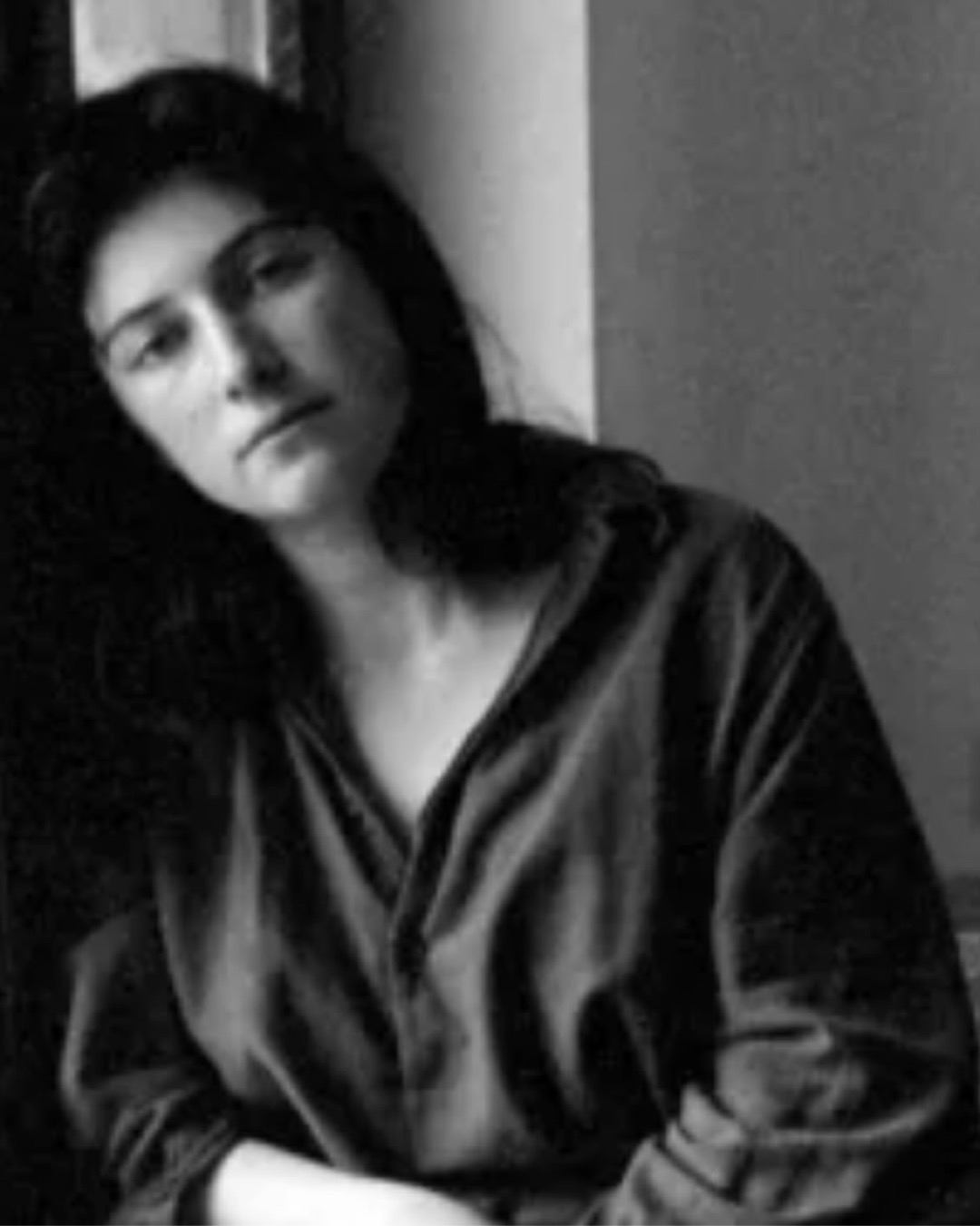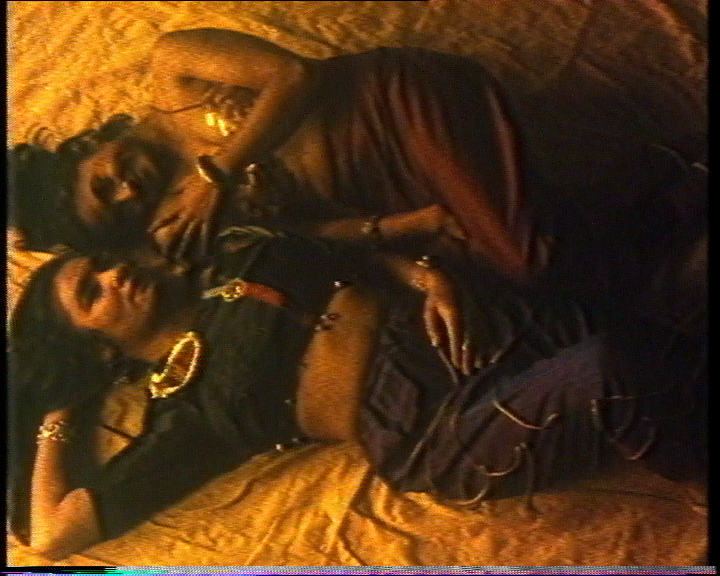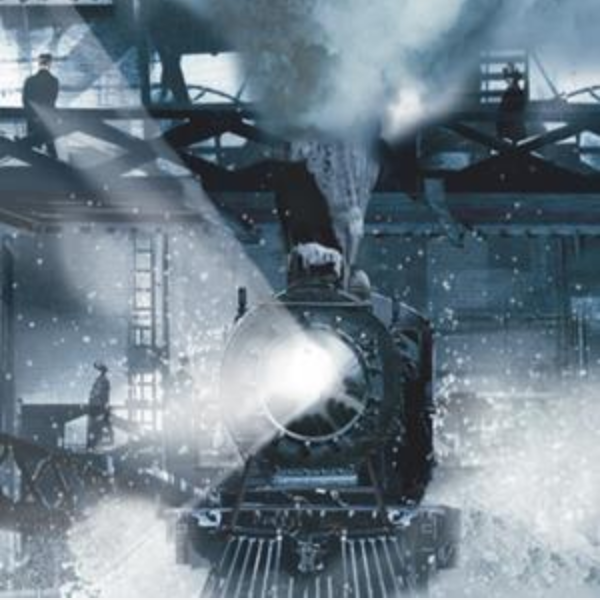In his text ‘The Three Ecologies’, Guattari proposes three interconnected ecologies: the environment, social relations and human subjectivity, arguing that the ecological crisis that threatens our planet and ourselves is the direct result of the boundless expansion of global capitalism. This notion of Ecology encompasses the environment, the social, the psychological and political and asks us to rethink and redefine new concepts in response to the challenges we now face as moving image artists, researchers and academics.
Issue 10:1/2 aims to imagine and examine how practices in artists’ film and video can be transformed by a dedicated attention to notions of the Ecological in its many expanded forms. We invite scholars, artists, writers, film-makers and curators to explore what our role can be in engaging with new ways of thinking and making in response to the climate emergency.
This issue of MIRAJ will therefore address key areas of critical concern, from the culpability of the moving image industry’s extractive and management practices, to the rich potential of the artistic and film-making community to shape, challenge and disrupt dominant disciplinary knowledge and habitual practices and its role in the practical organisation of other futures.
This issue also aims to look beyond western-centred responses to environmental and ecological challenges as our global ecology consists of impact at local level to people working in broad complex systems and changes. How might notions of the individual artists’ powers of creation be challenged and what other models of practice are of value in this context? The current pandemic has opened up these debates and demands responses to urgent social, ecological and political conditions in which other forms of practice – interdisciplinary, and collective – can provide a new environmental cultural knowledge for our future.
We invite scholarly articles and essays that:
- examine how dominant disciplinary knowledge and habituated practices of the moving image can be challenged and reimagined;
- explore the value of transdisciplinary and epistemological frameworks to offer new perspectives and models of practice;
- rethink the role of medium and moving image materiality;
- assess the transformative role of artists, film-makers and creative practitioners to both reimagine and address current climate challenges;
- consider how we look beyond western-centred responses to environmental and ecological challenges with new and developing networks in the Caribbean, North America, Europe and the global south;
- explore how artists, curators and film-makers might develop new standards and processes within a sustainable practice;
- examine how we can learn from past and present practices in experimental film and video art;
- find new models of interdisciplinary and collective responses to imagine other worlds.
The Moving Image Review & Art Journal (MIRAJ) is the first peer-reviewed publication devoted to artists’ film and video, and its contexts. MIRAJ offers a widely distributed international forum for debates surrounding all forms of artists’ moving image and media artworks. It is published twice a year in print by Intellect Books, and has its editorial base at the Centre for Research in Education, Art and Media (CREAM) at the University of Westminster.
The editorsinvite contributions from art historians and critics, film and media scholars, curators, and, not least, practitioners. We seek pieces that offer theories of the present moment but also writings that propose historical re-readings. We welcome essays that:
- re-view canonical works and texts, or identify ruptures in the standard histories of artists’ film and video;
- discuss the development of media arts, including the history of imaging technologies, as a strand within the history of art;
- address issues of the ontology and medium-specificity of film, video and new media, or the entanglement of the moving image in a ‘post-medium condition’;
- attempt to account for the rise of projected and screen-based images in contemporary art, and the social, technological, or political-economic effects of this proliferation;
- investigate interconnections between moving images and still images; the role of sound; the televisual; and the interaction of the moving image with other elements including technology, human presence and the installation environment;
- analyse para-cinematic or extra-cinematic works to discover what these tell us about cinematic properties such as temporal progression or spectatorial immersion or mimetic representation;
- explore issues of subjectivity and spectatorship;
- investigate the spread of moving images beyond the classical spaces of the cinema and galleries, across multiple institutions, sites and delivery platforms;
- consider the diverse uses of the moving image in art: from political activism to pure sensory and aesthetic pleasure, from reportage to documentary testimony, from performativity to social networking;
- suggest new methods of theorizing and writing the moving image.
We welcome work that intersects with other academic disciplines and artistic practices. We encourage writing that is lucid without compromising intellectual rigour.
We publish the following types of writing: scholarly articles (5000–8000 words); opinion pieces, feature articles and interviews (3000-4000 words); review essays of books, individual works, exhibitions and events (2500-3000 words). Scholarly articles will be blind peer-reviewed and feature articles and review essays can be peer-reviewed on request. All writings should propose a central idea or thesis argued through a discussion of the work under review.
Articles submitted to MIRAJ should be original and not under consideration by any other publication, including online publications. We do not publish articles by artists about their own work, nor reviews by curators or venues about their own exhibitions.
All submissions should be in English and adhere to the Intellect Style Guide.
Please submit completed manuscripts only. Send all contributions and proposals by e-mail in DOC or RTF format to the Editorial Assistant: miraj@cream.ac.uk
Deadline: 1 July 2021
Masthead:
Editors: Michael Mazière, Lucy Reynolds, Centre for Research in Education, Arts and Media (CREAM), University of Westminster
Reviews Editor: Maria Walsh, University of the Arts, London
Assistant Editors: Lauren Houlton, Matthias Kispert, Sarah Niazi
Associate Editors: Sean Cubitt, Goldsmiths, University of London; Eu Jin Chua, Unitec, New Zealand; Jonathan Walley, Denison University, USA, Rachel Moore, Goldsmiths College
The International Advisory Board includes: Ian Christie; Stuart Comer; Maeve Connolly; David Curtis; T.J. Demos; Catherine Elwes, Catherine Fowler; Amrit Gangar; David E. James; Laura Mulvey; Mark Nash; Michele Pierson; Pratap Rughani, Catherine Russell, Colin Perry, Federico Windhausen
